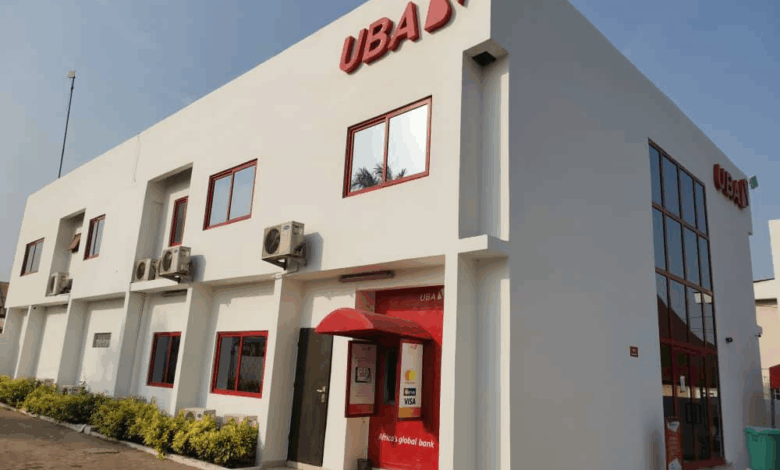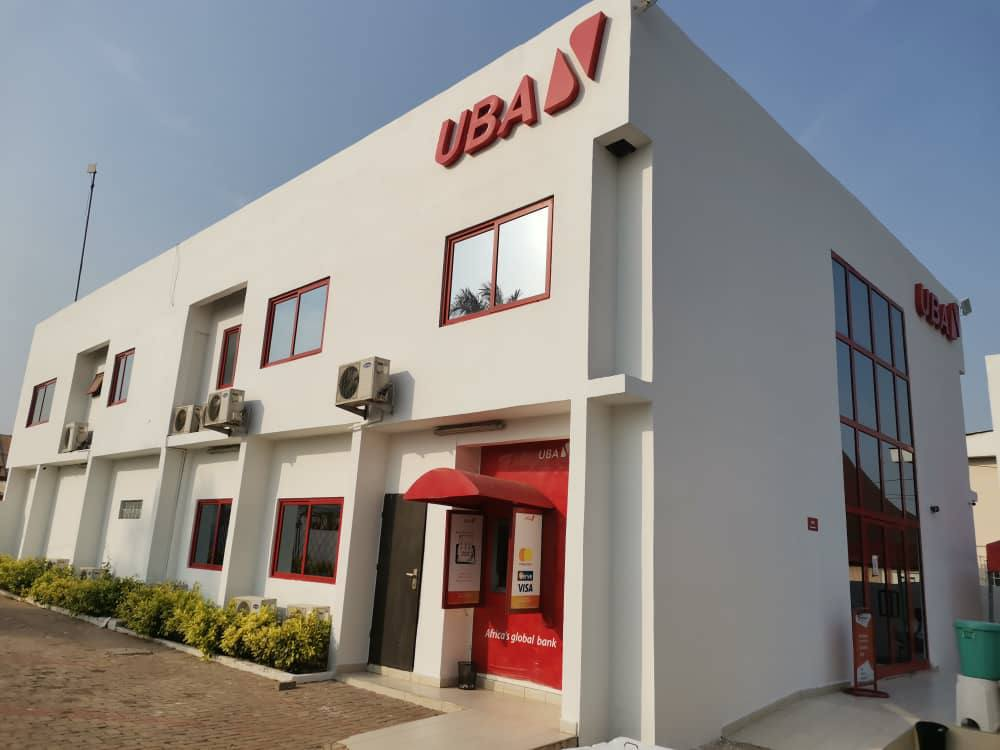Ghana’s banking sector among West Africa’s strongest post-debt restructuring – UBA Africa Report


Ghana’s banking sector has made a strong comeback from the shocks of the 2022 domestic debt restructuring, re-establishing itself as one of the most capitalised and resilient in West Africa.
According to the UBA Africa White Paper (October 2025) titled “Banking on Africa’s Future: Unlocking Capital and Partnerships for Sustainable Growth,” Ghana’s banking industry has turned the corner after two years of turbulence marked by heavy bond losses, liquidity strains, and erosion of capital buffers.
The report notes that Ghana’s banking sector now stands out for its robust recapitalisation, improved profitability, and a sharp decline in non-performing loans (NPLs), which have fallen below 15 per cent for the first time since the crisis.
“Ghana’s financial system remains one of the most capitalised in the West African sub-region,” the white paper states.
“Profitability has rebounded strongly, driven by prudent cost management, higher interest margins, and loan book diversification. The sector’s recovery aligns closely with stability reports issued by the Bank of Ghana.”
The turnaround follows aggressive restructuring and regulatory interventions introduced by the central bank in the aftermath of the government’s debt exchange programme.
The initiative, launched in December 2022, swapped about GH¢82 billion of government domestic bonds into new instruments with longer tenors and lower coupons — a move that initially wiped out billions from banks’ balance sheets.
The Bank of Ghana responded with a comprehensive financial stability plan, including the creation of the Financial Stability Support Fund (FSSF), to shore up capital adequacy ratios and protect depositor confidence.
Those interventions are now paying off. The UBA report highlights that Tier 1 banks have rebuilt their capital positions above the regulatory minimum, while smaller institutions have either merged or attracted strategic investors.
The industry’s aggregate capital adequacy ratio now averages around 17 per cent, comfortably above the 13 per cent prudential threshold.
The sector’s profitability has also improved, with several banks posting double-digit returns on equity by mid-2025.
The rebound, according to the white paper, reflects stronger credit growth, rising fee income, and a gradual shift from government securities to private sector lending.
“Ghanaian banks have adjusted their portfolios to reduce overexposure to sovereign risk,” the report observes.
“There is renewed lending to manufacturing, agriculture, and digital commerce — sectors identified as engines of job creation and export diversification.”
A major contributor to the recovery is digital transformation. The UBA report underscores how banks have accelerated automation and fintech partnerships to cut costs and expand their customer base.
Mobile banking transactions surged over 40 per cent in 2024, while digital onboarding of customers reached record highs.
“The digitalisation of banking operations has reduced cost-to-income ratios across major institutions,” it adds. “Banks that invested early in automation and data analytics are now enjoying stronger margins and wider inclusion reach.”
The improved performance has rekindled investor interest in Ghana’s financial sector. Foreign banks and investment funds, previously cautious after the 2022 crisis, are gradually returning.
Several pan-African institutions, including Nigerian and Kenyan banking groups, have expressed interest in entering or expanding their footprint in Ghana’s recovering market.
However, the report cautions that the recovery, though robust, remains fragile. Persistent inflationary pressures, foreign exchange volatility, and fiscal risks continue to pose potential threats.
“Sustaining stability will require disciplined fiscal management, effective supervision, and continued strengthening of governance within banks,” the paper warns.
The findings echo recent assessments by the Bank of Ghana, which confirmed that the financial system “remains sound and liquid,” with core indicators trending positively.
The central bank’s July 2025 Financial Stability Review also reported that sector-wide NPLs had dropped to 14.7 per cent, while profitability — measured by return on assets — had improved from 2.4 per cent in 2023 to 4.8 per cent.
For many analysts, Ghana’s banking rebound offers lessons in resilience and reform. Despite the pain of the debt exchange, the sector’s ability to recapitalise, restructure, and regain profitability in under three years is viewed as a model for crisis recovery in emerging markets.
The UBA white paper concludes that Ghana’s financial sector is “on a sustainable recovery path,” buoyed by stronger regulation, technological innovation, and renewed investor confidence.
“The sector’s rebound demonstrates the effectiveness of coordinated policy action between government, regulators, and the private sector,” it says.
From near collapse in 2022 to renewed strength in 2025, Ghana’s banks have emerged leaner, smarter, and more diversified — proving that stability, once lost, can indeed be rebuilt through discipline and reform.
DISCLAIMER: The Views, Comments, Opinions, Contributions and Statements made by Readers and Contributors on this platform do not necessarily represent the views or policy of Multimedia Group Limited.
DISCLAIMER: The Views, Comments, Opinions, Contributions and Statements made by Readers and Contributors on this platform do not necessarily represent the views or policy of Multimedia Group Limited.
Source link





